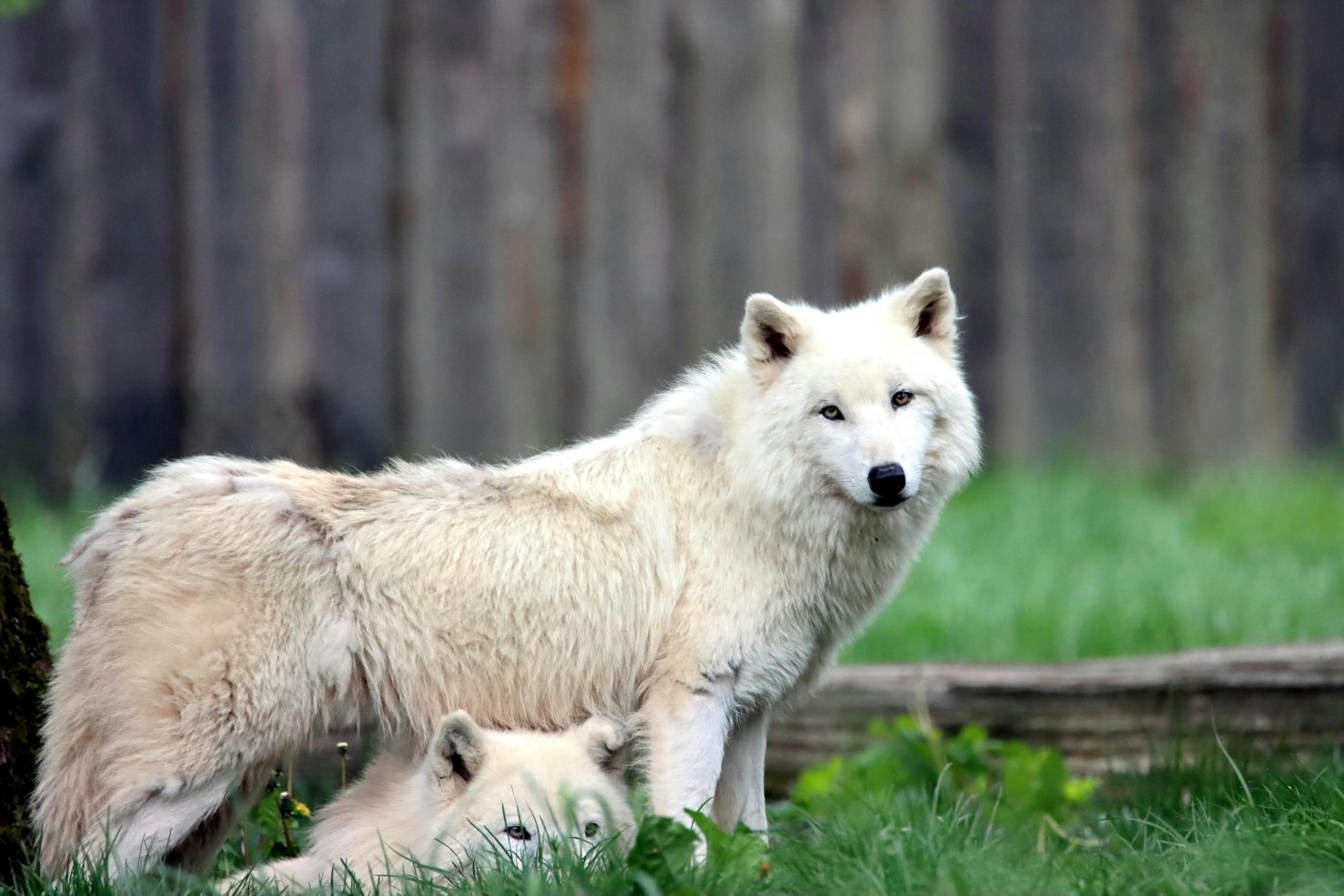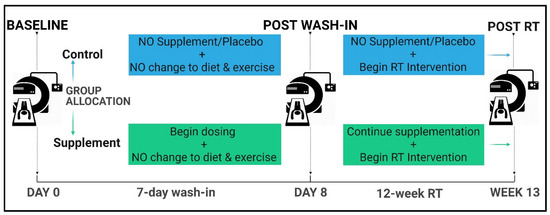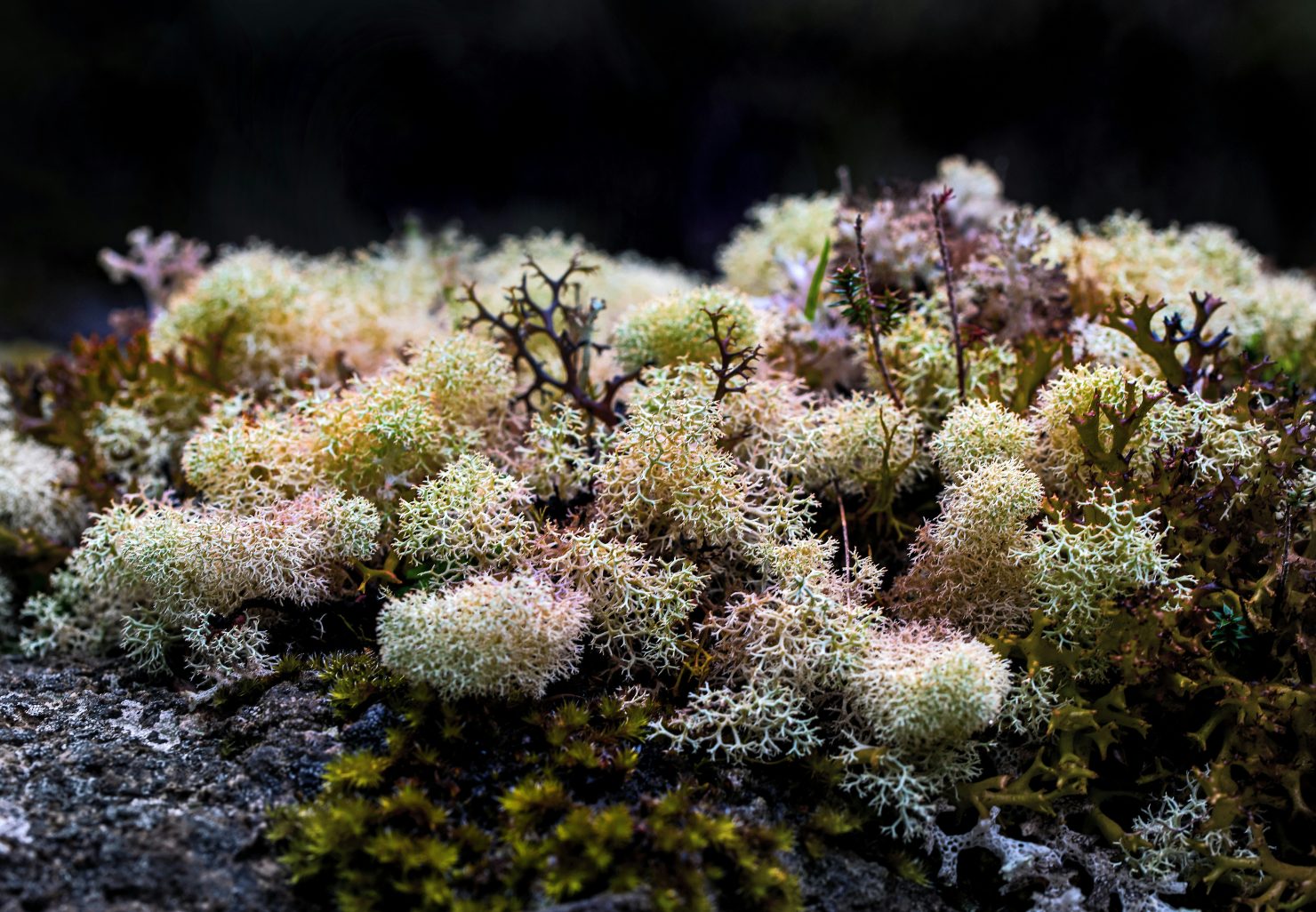
MDPI Articles Cited in the News: April 2025
In this month’s roundup of MDPI articles cited in prominent news outlets, we visit fascinating new research across a variety of scientific fields, including psychology, pharmacology, nutrition and ecology. Featuring articles published in the Open Access journals Behavioral Sciences, Sustainability, Nutrients and Marine Drugs, this article explores the novel research and their key findings.
Article published in Behavioral Sciences: Mechanisms Linking Social Media Use and Sleep in Emerging Adults in the United States
Cited by the Chicago Sun-Times

Smartphone and social media addiction is a prevalent issue that many people now struggle with. Although the issue is not widely acknowledged, the deleterious impacts of excess screen time have now been revealed in recent research.
In a study published in Behavioral Sciences, researchers explore the impact of social media use on the quality and duration of sleep as well as symptoms of insomnia, and the mechanisms behind it. They asked 830 adults aged 18–30 about their phone habits and use of social media. Questions included the duration and frequency of social media use, as well as the extent of emotional attachment to the content consumed.
Consistent intake of highly emotional and often disturbing content can be harmful to mental health. The results of the study showed that more frequent use of social media with a greater emotional attachment caused a greater disturbance to sleep and poor sleep outcomes.
Good quality sleep is essential to health. The research highlights the urgent need to educate the public on the impacts of poor sleep and screentime before sleep on both mental and physical health. More research is needed to understand the long-term impacts of excess screentime before bed and its impacts on sleep, mental health and overall well-being.
Article published in Sustainability: Are Wolves the Real Problem? Challenges Faced by Livestock Farmers Living Alongside Wolves in Northwestern Greece
Cited by The Guardian
 Wolves are magnificent creatures, yet their relationships with humans are often misunderstood. The negative perception of wolves arises from disturbances to livestock on farmlands, leading to financial loss for farmers. However, several other factors may influence human–wolf conflict.
Wolves are magnificent creatures, yet their relationships with humans are often misunderstood. The negative perception of wolves arises from disturbances to livestock on farmlands, leading to financial loss for farmers. However, several other factors may influence human–wolf conflict.
In a study published in Sustainability, researchers analyse this relationship and suggest that it is more complex than initially thought. As part of the study, the authors asked 118 farmers to fill out a survey to understand wolf–farmer conflict more and the possible reasons behind it.
Although wolves pose a significant hindrance to farmers’ livelihood, other factors impact job dissatisfaction. This includes economic marginalisation, dissatisfaction with income, rural depopulation, climate factors and distrust in farming policies, as well as the presence of wolves.]
“Our findings emphasize that while wolves impact farmers, economic and policy-related factors play a greater role. Educational initiatives, supportive policies, effective depredation mitigation, and fair compensation systems are essential for sustainable livestock farming and coexistence.” – Are Wolves the Real Problem? Challenges Faced by Livestock Farmers Living Alongside Wolves in Northwestern Greece
The authors highlight the importance of understanding the socioeconomic struggles farmers deal with. Tackling these issues is key to reducing marginalisation and improving job satisfaction. Furthermore, establishing better farming policies could improve farmers’ negative perceptions and overall attitude towards wolves, helping to mitigate human–animal relationships.
Research Highlight
Article published in Nutrients: The Effect of Creatine Supplementation on Lean Body Mass with and Without Resistance Training
Cited by FOX News
Creatine is now a popular supplement used by many, especially those who frequent the gym. It is naturally produced by our bodies to provide skeletal muscles with energy for muscle contraction. The substance can also be found in foods that are high in protein, such as red meat and seafood. The recent boom in the wellness industry has significantly increased the popularity of supplementing with creatine, with previous research suggesting potential health benefits.
Creatine works by providing extra energy reserves for skeletal muscles during lifting and resistance training. However, some research suggests that that it may increase body water content and skew overall lean body mass measurements.

Study design; RT = resistance training (https://doi.org/10.3390/nu17061081)
In an Editor’s Choice article published in the Open Access journal Nutrients, researchers wanted to look at the effect of creatine supplementation alone and in combination with resistance training on lean body mass. Resistance training is a type of exercise that utilises external resistance, such as weights or bodyweight, to build muscle size and strength.
Researchers randomly assigned 63 adults (both male and female) into two groups. The test group were asked to supplement with 5 grams of creatine per day while the control group received no creatine or placebo. After an initial wash-in period of 7 days, both groups began 12 weeks of resistance training.
The results showed that after the first week of creatine supplementation without resistance training, lean body mass increased. Following resistance training, both groups (creatine supplemented and control) gained weight; however, there was no difference in lean body mass between the two groups.
This suggests that supplementing 5 grams of creatine per day had a limited effect on lean body mass. More research is required to determine whether a higher dose may be needed to increase lean body mass when supplementation is combined with resistance training.
Review published in Marine Drugs: An Update on the Chemical Constituents and Biological Properties of Selected Species of an Underpinned Genus of Red Algae: Chondrus
Cited by National Geographic
The sea has been used as an immensely beneficial resource for mankind. This has recently included the use of specific types of sea moss, which is incorporated in many skin care products, food, and cosmetics. A review article published in Marine Drugs provides an in-depth view of different species of Red Algae, also known as sea moss, called Chondrus. Species amongst the Chondrus genus include:
- Chondrus crispus
- Chondrus ocellatus
- Mazaella canaliculata
- Chondrus armatus

In the review, the authors provide an up-to-date description of the chemical and biological properties of each sea moss species. This includes their antimicrobial, antitumor, immunomodulatory, neuroprotective, antiviral, anti-inflammatory, and anti-diabetic properties, amongst their numerous other health-boosting attributes.
In light of this, the review demonstrates the incredible complexity of the species that boast a plethora of highly beneficial ingredients to health. The authors discuss the application of sea moss as a source of nutrition, emphasising the need for further clinical trials to fully elucidate its safety and pharmacological benefits.










